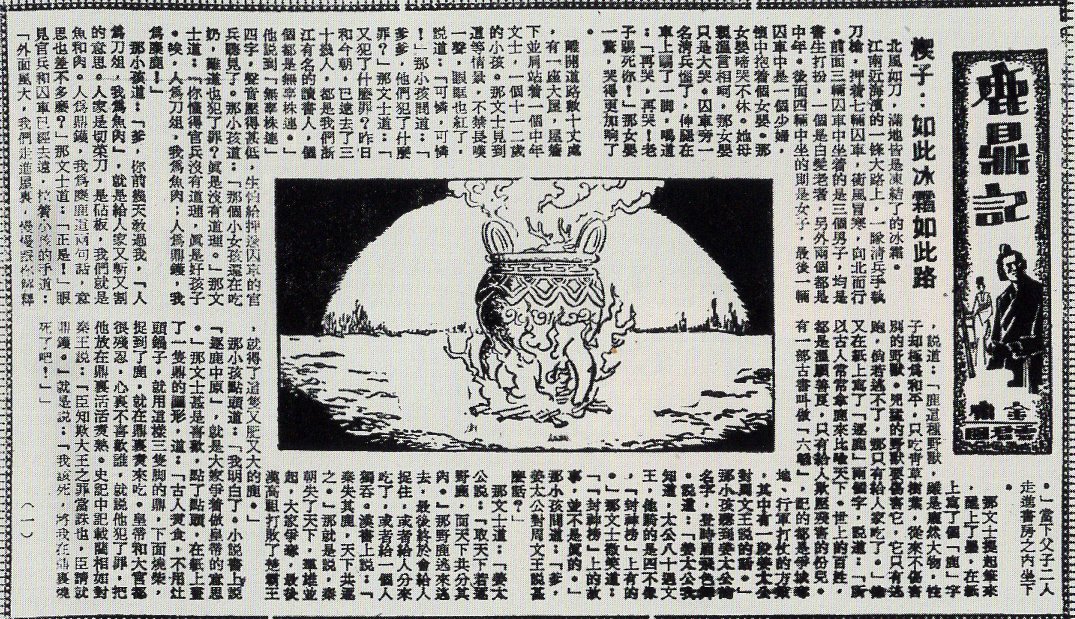
Where the novel Swords, Come! (aka Sword of Coming) got its title from (clip from Sword Snow Stride)
#wuxia #武俠 #武侠 #xianxia
#wuxia #武俠 #武侠 #xianxia
This clip is from the just-finished drama Sword Snow Stride, based on the very popular webnovel 雪中悍刀行 (titled The Snowy Path of the Heroic Blade on NU). It's a wuxia/xuanhuan hybrid with some cultivation elements, but mostly focuses on political scheming/intrigue.
The drama adaptation is fantastic, highly recommended. The same author wrote the currently ongoing xianxia novel Swords, Come! 剑来 (Sword of Coming on NU), and this is scene is where that novel got it's title.
• • •
Missing some Tweet in this thread? You can try to
force a refresh














